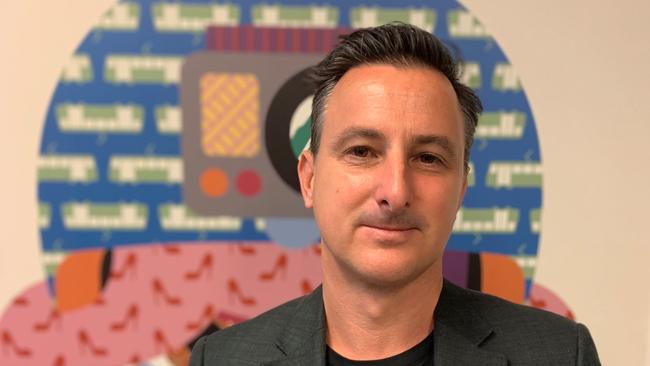One year on from ChatGPT, it’s time to ask AI the hardest question
Regardless of how businesses navigate the AI-infused path ahead, one thing is certain: the rise of AI is only just beginning. It is well and truly a reality and not a hype.

It’s almost one year to the day since one tool created an entire new way of thinking and working.
On November 30, 2022, the chatbot known as ChatGPT announced itself to the world. The tool quickly became a viral sensation and an “ambassador for AI” as it paved the way for understanding human language and redefined the concept of generative AI as a force for business and creativity.
Fast-forward 12 months. Today, the meteoric rise of generative AI – led by the ChatGPT charge – continues to both dazzle and disquiet us with its ability to create art, prose, code, and even to hear, see and speak (thanks to ChatGPT’s new features released this month).
The speed at which generative AI has disrupted industries such as ours has left many reeling and searching for a way to rationalise this technological advent.
But according to Gartner’s Hype Cycle, the peak of hype in technology and innovation in the commercial world usually lasts a year. So, after spending the past 12 months asking ChatGPT our hard questions, perhaps it’s now time to ask the hardest question of all.
Generative AI. Hype or reality? Originality has been the foundation upon which our creative industry has built our practise.
This has been the rallying cry of those who condemn the use of generative AI – yet as Mark Twain once said, there are no original ideas.
We can recombine and recontextualise ad infinitum, yet humans synthesise information the same way that we have for thousands of years.
So, if humans are not capable of truly original thought, then by what standard are we judging the creativity of generative AI?
Generative AI is simply doing the same thing that humans do, only faster. It is drawing on information that it is fed then combining and contextualising this information to create something that appears novel – yet is derivative of the myriad influences that it is built upon.
This puts industries such as marketing, advertising and professional services in a truly interesting position.
We teeter on the brink of a new era for knowledge professionals, but we must be careful which direction we take. Three academics forecast three possible futures for how generative AI could disrupt creative work in the Harvard Business Review, which captures the challenge ahead of us perfectly.
One possible future would see AI replace our creative industries with its sheer scale and speed of productivity. A combination of algorithmic competition and inadequate regulation, creating the perfect storm.
Another would see us working with AI as “co-pilots”, leveraging the rapid iterative process that generative AI offers while keeping human hands firmly on the controls.
The final option is to see us pay a premium for human creativity and the accuracy and experience that we bring to the table – a higher price point for high-end services while AI handles the quick, easy or menial jobs.
My bet? Generative AI has already left an indelible mark on our world. But while it can be a powerful tool, it remains a tool – a means to amplify human creativity, not replace it.
Technology has always been about humans, and this is no exception.
As humans, we must find ways to work alongside generative AI, rather than against it. Co-pilots.
The big players have already started integrating generative AI into their operations.
Google and Microsoft implemented generative AI integration into their search functions and, seeing the efficiencies, quickly iterated it into their broader suites of productivity tools such as word processing, email and meeting applications.
Telstra engaged one of our Clemenger Group agencies to conduct a series of AI experiments with functions such as long-form writing and service chatbots, potentially saving copywriters more than two weeks a year and reducing response times from minutes to seconds for simple customer queries.
Regardless of how we navigate the path ahead, one thing is certain: the rise of AI is only just beginning. It is well and truly a reality and not a hype.
For creative leaders, we cannot stick our heads in the sand when it comes to generative AI. We must view it for what it is: not a replacement or adversary, but rather a tool in our arsenal to bring creative, original and interesting ideas to the people that need them.
Craig Roberts is a founder of LEVO, and head of digital capability and transformation for Clemenger Group.






